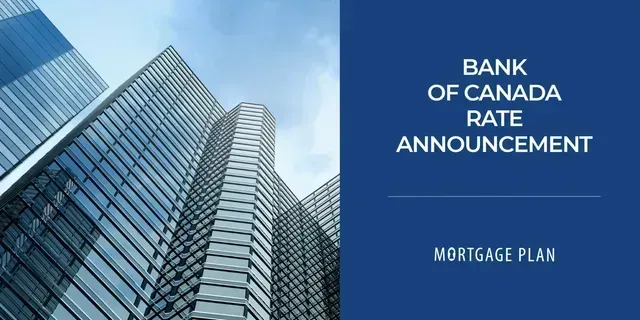BC Home Owner Grant Threshold Increases in 2016
British Columbians who own homes valued up to $1.2 million may be eligible to receive a full home owner grant this year, while a partial grant may be available if the home is valued above this threshold.
The home owner grant provides modest property tax relief to those who need it most. Last year, this program returned nearly $800 million to B.C. residents. For 2016, more than 91% of homes are below the threshold.
BC Assessment estimates the values of all homes based on their market value on July 1 each year. For homes valued below the threshold, the basic grant can reduce residential property taxes on an owner’s principal residence by up to $570.
An additional grant up to $275 is available for homeowners who are aged 65 or over, who qualify under the persons with disabilities category, or who are eligible to receive certain war-veteran allowances. The northern and rural home owner benefit provides an additional $200 in property tax relief to households outside the Greater Vancouver, Fraser Valley and Capital Regional Districts.
Low-income homeowners who would have received the additional home owner grant except for the high value of their home can apply for a low-income grant supplement.
Homeowners who face difficulty keeping up with rising property assessments in B.C. may also be eligible to defer all or a portion of their property taxes. The property tax deferment program provides low-interest loans that allow eligible homeowners to defer payment of annual property taxes until their home is sold or becomes part of an estate. This program is available to owners who are 55 or older, surviving spouses of any age, and persons with disabilities. Families who are financially supporting children may also qualify.
Quick Facts:
- For 2016, the threshold increases to $1.2 million, up 9.1% from $1.1 million in 2015.
- Homes valued above the threshold may still be eligible for a partial grant. For properties assessed above the threshold, the grant is reduced by $5 for every $1,000 of assessed value in excess of the threshold.
- The grant is not provided automatically. Homeowners must apply every year. Applications are included with annual property tax notices.
- The grant is available to Canadian citizens and to landed immigrants who normally reside in B.C.
- The Province reimburses municipalities for the full cost of the home owner grant to ensure municipal revenues are not affected.
- The home owner grant program began in 1957.
Learn More:
For more information about the home owner grant, visit: www.gov.bc.ca/homeownergrant
For more information about property tax deferment programs, visit: www.gov.bc.ca/propertytaxdeferment
Share
RECENT POSTS





